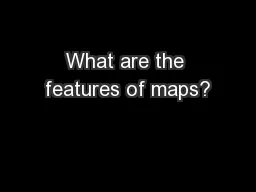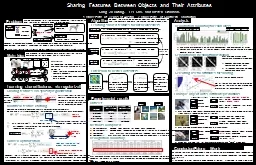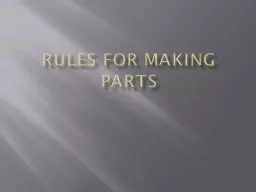PPT-1 Cryostats: main features
Author : eddey | Published Date : 2023-09-22
Alignment targets LHC Main Cryostat CrossSection Super Insulation MLI Vacuum Vessel Thermal Shield Magnet Support Posts GFRE External supports jacks Bottom tray
Presentation Embed Code
Download Presentation
Download Presentation The PPT/PDF document "1 Cryostats: main features" is the property of its rightful owner. Permission is granted to download and print the materials on this website for personal, non-commercial use only, and to display it on your personal computer provided you do not modify the materials and that you retain all copyright notices contained in the materials. By downloading content from our website, you accept the terms of this agreement.
1 Cryostats: main features: Transcript
Download Rules Of Document
"1 Cryostats: main features"The content belongs to its owner. You may download and print it for personal use, without modification, and keep all copyright notices. By downloading, you agree to these terms.
Related Documents

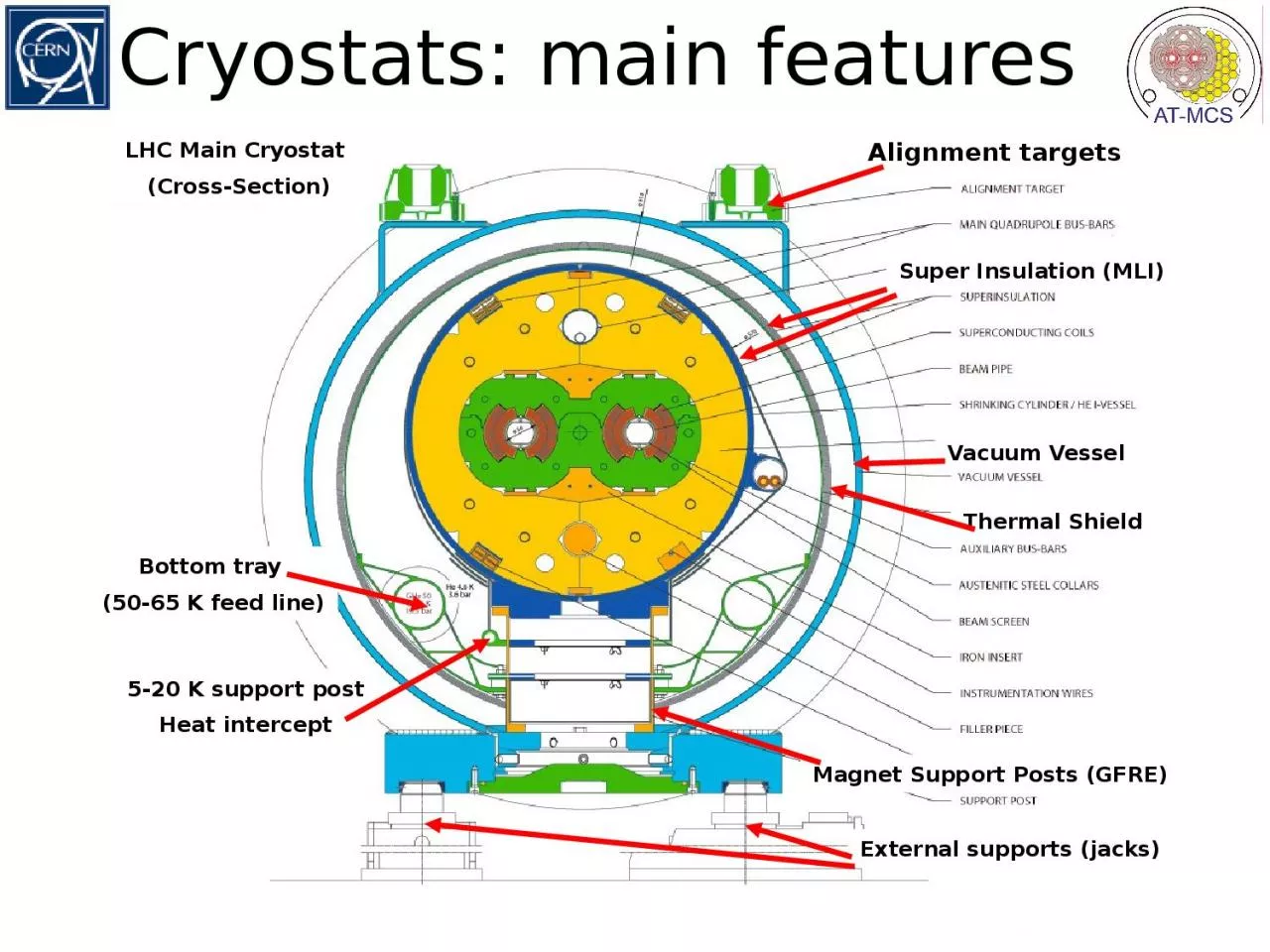

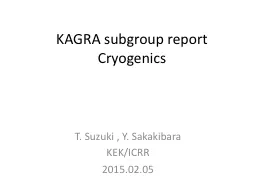

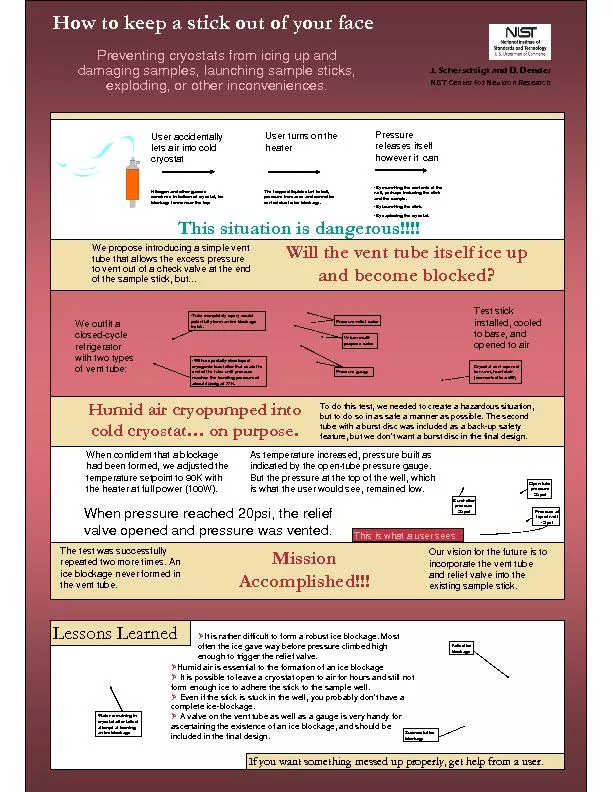
![SIFT features [3] were computed for 100 images (from](https://thumbs.docslides.com/416353/sift-features-3-were-computed-for-100-images-from.jpg)


